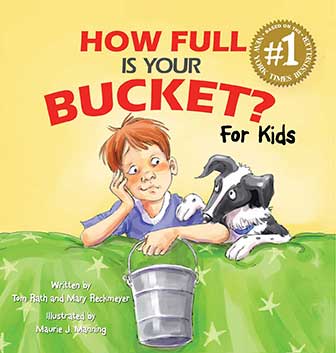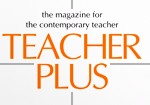From Pandora’s box to books: nurturing hope through children’s literature
JoAnne Saldanha
When Pandora opened the infamous box, releasing all the “evils” into the world, she swiftly closed it, hoping to undo the damage she had already done. I often recount this story to my students during our “myth” sessions in the library, imagining Pandora pausing for a few seconds, frozen in shock, as she realized what she had just unleashed. The evils whirled out like a storm, and in a frantic moment, she slammed the lid shut.

But then, a soft tap-tap-tap echoed from inside, a gentle sound urging Pandora to open the box once more. So compelling was its call that, despite the chaos she had just experienced, she could not resist. Aren’t we all grateful that she didn’t? If the myths are to be believed, that small, persistent sound was ‘hope’.
In many retellings of this story, we focus on the evils that Pandora unleashed, blaming her for the bad things we encounter in the world. However, perhaps Pandora deserves more credit for pushing past her fear and taking that leap of faith to reopen the box. The lesson in the story is clear: hope is something that endures, quietly striving to be free and to thrive, no matter the odds. It embodies resilience in its truest form.
Hope vs. wishes: a subtle difference
We often use the words hope and wish interchangeably, but they are fundamentally different. In her article “Is Hope Really a Thing with Feathers?” in Teacher Plus, Lakshmi Karunakaran writes, “Hope is fundamentally different from, say, a wish. When we wish, we desire a particular outcome but lack the plan or willpower to make it a reality. Hope, on the other hand, is accessible to most of us. While a goal can be easily imagined, the creation of pathways – and the willpower to walk them – is something many, especially children, struggle with.”
In The Lord of the Rings, J.R.R. Tolkien wrote, “Where there’s life, there’s hope.”This truth holds especially strong today, as we live in challenging and often confusing times. Now, imagine how much more bewildering this world must seem to children, who are constantly bombarded by media filled with doom and gloom.
This is where stories come in. Stories remind us that hope is a fundamental human quality, and they show us that hope and action go hand in hand. As author Onjali Q. Rauf beautifully puts it, “There is one place where every child can go, to find comfort, happiness, and the inspiration they need to build the kind of world they dream of. And that is, of course, the glorious, endless domain of books!”
Children’s literature offers an imaginative space where anything is possible. It shows young readers that another world – one full of hope and possibility – is within reach, all while honing their creativity and critical thinking skills. Imagination and hope are intrinsically connected, as it is imagination that gives us the tools to create pathways and the agency needed to act, as Karunakaran so insightfully points out.
As humans, we call on hope in so many different situations – hope for the future, for change, for growth. Let’s explore how this theme of hope appears in children’s literature, and how these stories help shape the way children understand the world and their role in it.

Everyday hope
Hope is often difficult to define, yet we all carry an innate desire for it – a simple wish for a good day. At the heart of this hope is the universal need to be “seen.” In the metaphorical sense, How Full Is Your Bucket? For Kids teaches us that when we choose to show kindness and recognize others, we not only fill their emotional buckets but our own as well.
In Each Kindness, children witness the power of their actions and the profound effect they have on others’ feelings, demonstrating how our interactions shape both their hopes and our own.
Dr. Seuss captures the essence of hope with his signature rhyme and wisdom, in Oh, The Places You’ll Go!, offering comfort to children – and adults alike. He encourages us to follow our hearts while also teaching us to be brave in the face of unexpected challenges. The book becomes a guide, providing both reassurance and the courage needed to navigate life’s uncertainties.
In The Nameless God, Bachu and Noor begin with the simple hope for a holiday from school, but when their world is torn apart by terror and violence, their journey reveals a deeper, more powerful hope. Through acts of kindness and resilience, they find that even in the face of evil, good still exists. Their story reminds us that hope often grows in the darkest of times, fuelled by the kindness and goodness we share with others.
Hope to be accepted for who you are
In My Name is Gulab, young Gulab hopes to erase the stigma attached to her caste. Driven by the desire to improve the life of her father, a manual scavenger, and that of her family, she ‘invents’ a machine to do his work. Although her invention is just an idea, it powerfully represents her action toward realizing the hope she holds for a better future. In The Boy Who Asked Why, a young Dr. B.R. Ambedkar dreams of a society founded on equality. His constant questioning of the status quo set him on a lifelong path of struggle for social justice – a symbol of hope for many, even today. A simple yet profound hope emerges in Why Are You Afraid to Hold My Hand?, the hope and desire for every child to be treated with dignity and respect, regardless of their abilities. Similarly, in Guthli Has Wings, Guthli, a transgender child, hopes her family will see her as she sees herself. Cricket is a means for Loki to realize her hopes and dreams in Loki takes Guard. Her journey is a testament to the power of resilience and hope, facing challenges and embracing victories with grace.

Good times follow the bad: the hope of resilience
The belief that good times will follow the bad is deeply ingrained in our religious and philosophical traditions, conditioning us to push through tough times with the firm conviction that after every storm, a brighter day awaits. Rain before Rainbows serves as a reminder of our enduring faith, offering reassurance when we need it most. “All rainstorms must end, and this rainstorm will too”, was the message sent out by children who painted rainbows to display in their windows during the pandemic to remind passersby that the world is always full of hope and possibilities. The World Made a Rainbow captures this sentiment.
Hope for a better world
One of the most enduring collective hopes is the desire for a better world. In light of the overwhelming statistics on global warming and climate change, and the dire warnings that often feel like threats, it’s easy to feel discouraged and resigned to a sense of “what will be, will be.” However, the truth is that responsibility lies with each of us. Along with our hope for a better world, we must take action. To act, we must first help children develop a deep love for the wonders of nature. Once they appreciate its beauty, they can understand that even the smallest actions contribute to meaningful change. Books like Go Wild nurture that sense of wonder and respect for nature, while We Hope: Children on Climate Change gives voice to the concerns and hopes of children across India. This book reflects their despair about the effects of climate change on their lives while offering insight into how we can make a difference and impact the future of our planet.
Hope in the power of communities

The hope for a better world extends beyond the physical environment; it also encompasses a utopian vision – a collective hope for a brighter future. This hope thrives when we come together as communities, finding strength and solidarity in our shared aspirations. Art is a Voice encourages readers to act on this hope by first caring, becoming aware, connecting with others, and contributing to making those hopes a reality. Young Sarojini in Dear Mrs. Naidu, displays just this, drawing together a community of children and adults who realize that their actions, big or small could contribute to social change. Change Sings beautifully illustrates this collective power, lyrically…
“I hum with a hundred hearts,
Each of us lifting a hand.
I use my strengths and my smarts,
Take a knee to make a stand.”
The Miracle on Sunderbaag Street and The Miracle on Kacchua Beach, highlight how action and community work together, impacting not only our immediate surroundings but also our sense of wellbeing.
Grieving the village he left behind in Pakistan during the Partition, Nek Chand channels his sorrow into the creation of a fantastical rock garden, building it Rock by Rock as a way to heal. When the garden is discovered and threatened with destruction, the community unites in a collective effort to protect his creation, showing the power of solidarity in preserving hope and beauty.
In Behind the Lie, compassionate community members bring smiles and hope to a mother and her children. Sometimes, all it takes is knowing your neighbours and ‘seeing’ them, to notice when something is wrong and offer the support and hope they need.
Hope that pushes through adversity
Picking yourself up after a fall, physical or metaphorical, is always testing. We often hope to get back to all we did before, yet it requires determination and action to pick ourselves up and take that first step. Humpty Dumpty…yes, the same one who ‘had a great fall’, illustrates just how to pick yourself up in After the Fall.
In Roll of Thunder, Hear My Cry, Casey Logan and her family attempt to gain their own land and forge a path for themselves in a world determined to keep them down.
While a story of unrelenting hope is illustrated in ‘When Stars are Scattered’. Set in one of the most despairing environments…a refugee camp, it is the true story of Omar Mohamed’s childhood in a refugee camp after fleeing the civil war in Somalia and his efforts to keep his family together.
In the wordless picture book Migrants, the dark background shows the bleakness of the migrants having to leave behind their homes as they travel across forests and seas, to try and find a new home where they are welcome. The colour used for the characters against the dark background speaks of the hope they carry with them as they walk in uncertainty.
Stories from history and historical fiction often unfold in liminal spaces – moments of transition that can feel dark and frightening. However, by experiencing these transitions through stories like those in the Songs of Freedom series, we learn that life continues, that things improve, and, ultimately, we discover hope.

Mukund and Riaz and Roop and the River Crossing, tell us that we find hope in each other, sometimes it could be just an individual who is the conduit to our hope.
“Real, true hope isn’t the promise that everything will be all right – but it’s a belief that the world has so many strangenesses and possibilities that giving up would be a mistake; that we live in a universe shot with the unexpected” writes Katherine Rundell, in the prologue to her The Book of Hopes.
Both fiction and nonfiction books convey messages of hope. Fiction often presents a plot where challenges are overcome, while nonfiction highlights real-life actions people take to confront and resolve difficulties. These works illustrate hope through stories of perseverance, problem-solving, and the proactive steps we can take to navigate adversity.
“The value of children’s literature cannot, of course, be predicated on pain – books are not only valuable when we have something to escape from – but in fact those books were not an escape. They said: look, this is what bravery looks like. This is what hope looks like. They told me, through the medium of wizards and lions and babysitters and talking spiders, that this world we live in is a world of people who tell jokes and work and endure. Children’s books say: the world is huge. They say: hope counts for something. They say: bravery will matter, wit will matter, empathy will matter, love will matter.” – Katherine Rundell
Books listed in this article:
- How Full is Your Bucket? For Kids by Mary Reckmeyer, Tom Rath/Gallup Press
- Each Kindness by Jaqueline Woodsen/E.B.Lewis/Nancy Paulsen Press
- Oh The Places You’ll Go by Dr. Seuss/Harper Collins
- The Nameless God by Savie Karnel/RedPanda
- My Name is Gulab by Sagar Kolwankar/Tulika Books
- The Boy Who Asked Why by Swomya Rajendran/SatwikGade/Tulika Books
- Why Are You Afraid to Hold My Hand? By Sheila Dhir/Tulika Books
- Guthli Has Wings by Kanak Shashi/Tulika Books
- Loki Takes Guard by Menaka Raman/Talking Cub
- Rain Before Rainbow by Smriti Halls/David Litchfield/Walker Books
- The World Made A Rainbow by Michelle Robinson/Emily Hamilton/Bloomsbury Childrens Books
- Go Wild edited by Bijal Vachharajani, Various authors/Puffin
- We Hope: Children on Climate Change Various authors/Pratham
- Art is a Voice by Kripa/Art1ist
- Dear Mrs. Naidu by Mathangi Subramanium/Zubaan
- Change Sings by Amanda Gorman/Loren Lang/Puffin
- Miracle on Sunderbaag Street by Nandita Da Cunha/Priya Kuriyan/Kalpavriksh
- Miracle on Kacchua Beach by Nandita Da Cunha/Priya Kuriyan/Kalpavriksh
- Rock by Rock – The Fantastical Garden of Nek Chand by Jennifer Bradbury/Sam Boughton/Atheneum
- Behind the Lie by Asha Nehemiah/Aindri C./Pratham Books
- After the Fall by Dan Santat/Roaring Brook Press
- Roll of Thunder, Hear My Call by Mildred D. Taylor/Puffin
- When Stars are Scattered by Omar Mohamed and Victoria Jamieson/Faber and Faber
- Migrants by Issa Watanabe/Gecko Press
- Songs of Freedom Series-Tales of the Freedom Movement From All Over India by Various authors/ Duckbill
- Mukund and Riaz by Nina Sabnani/Tulika Books
- Roop and the River Crossing by Samina Mishra/Shivam Choudhari/Puffin. The Book of Hopes edited by Katherine Rundell/ Bloomsbury Childrens Books
JoAnne Saldanha, a.k.a “Myth Aunty”, is a library educator and curator, who has been flying on the wings of tales for over 20 years as she navigates the world of children, books, and stories. She shares her work on www.mythaunty.com and @mythaunty.







